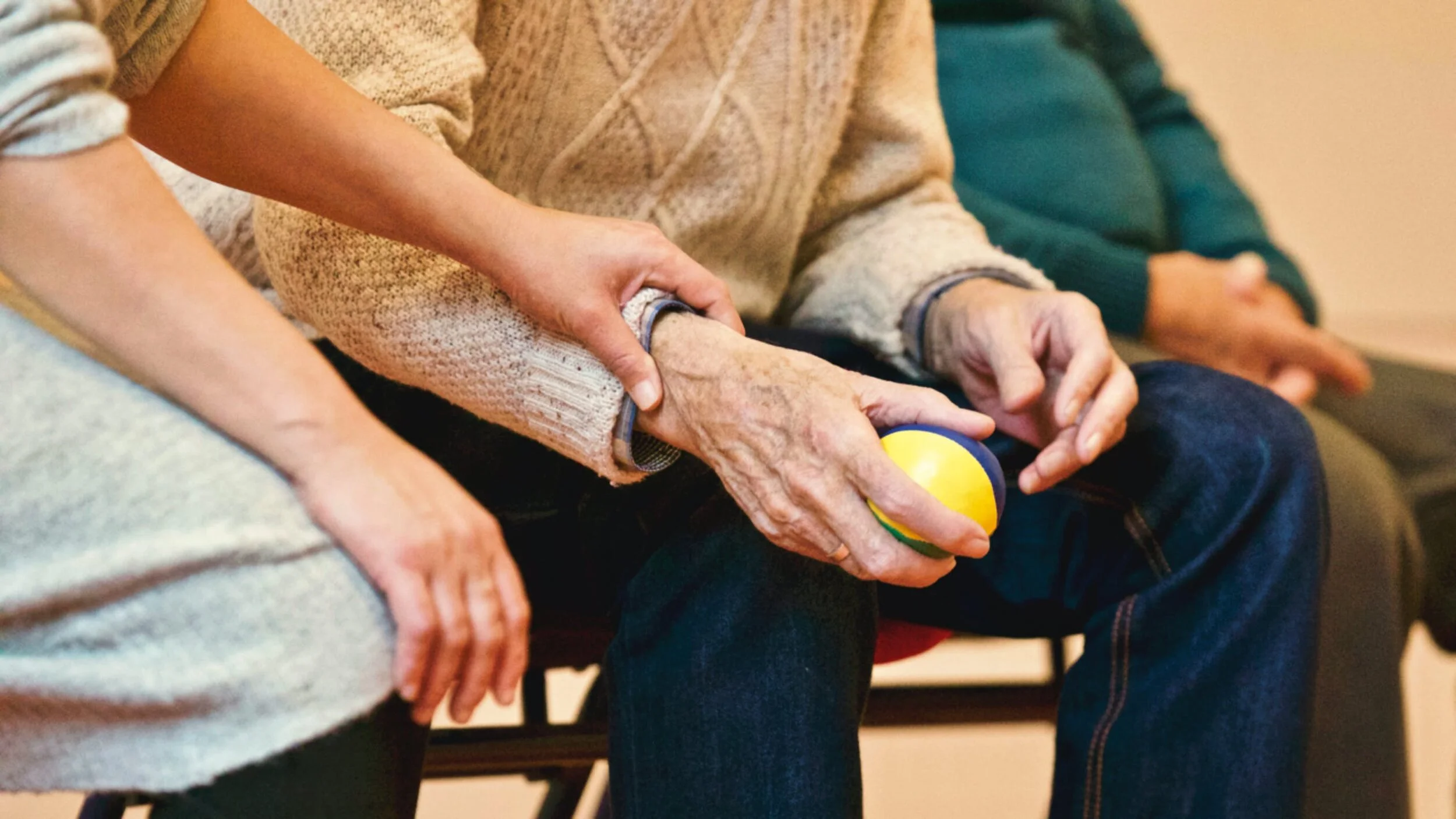Skin Cancer
/WHAT IS SKIN CANCER?
Skin cancers are skin growths with differing causes and varying degrees of malignancy. The three most common malignant skin cancers are basal cell cancer, squamous cell cancer, and melanoma. Skin cancer generally develops in the epidermis (the outermost layer of skin), so a tumor can usually be seen. This means that it is often possible to detect skin cancers at an early stage. Only the minority of those affected will actually die from the disease, though it can be disfiguring. Melanoma is less common than both basal cell carcinoma and squamous cell carcinoma, but it is the most serious. Most cases are caused by over-exposure to UV rays from the sun or sunbeds.
RISK FACTORS OF SKIN CANCER
Ultraviolet radiation from sun exposure is the primary cause of skin cancer. Other factors that play a role include: smoking tobacco; HPV infections, which increase the risk of squamous cell carcinoma; chronic non-healing wounds, which can develop into squamous cell carcinoma; environmental carcinogens, artificial UV radiation (e.g. tanning beds), aging, and light skin color.
SYMPTOMS OF SKIN CANCER
There are a variety of different skin cancer symptoms. These include changes in the skin that do not heal, ulcering in the skin, discolored skin, and changes in existing moles.
Basal cell carcinoma usually presents as a raised, smooth, pearly bump on the sun-exposed skin of the head, neck or shoulders. Sometimes small blood vessels can be seen within the tumor. Crusting and bleeding in the center of the tumor frequently develops.
Squamous cell carcinoma (SCC) is commonly a red, scaling, thickened patch on sun-exposed skin. Some are firm hard nodules and dome shaped like keratoacanthomas. Ulceration and bleeding may occur. When SCC is not treated, it may develop into a large mass.
Most melanomas are brown to black looking lesions. Unfortunately, a few melanomas are pink, red or fleshy in color; these are called amelanotic melanomas. These tend to be more aggressive. Warning signs of malignant melanoma include change in the size, shape, color or elevation of a mole. Other signs are the appearance of a new mole during adulthood or new pain, itching, ulceration or bleeding.
PREVENTION OF SKIN CANCER
The risk of developing skin cancer can be reduced through a number of measures including: decreasing indoor tanning and mid day sun exposure; avoiding the use of tobacco products; reducing overexposure to ultraviolet (UV) radiation, especially in early years; wearing protective clothing (long sleeves and hats) and broad-spectrum sunscreen that blocks both UVA and UVB radiation outdoors.

